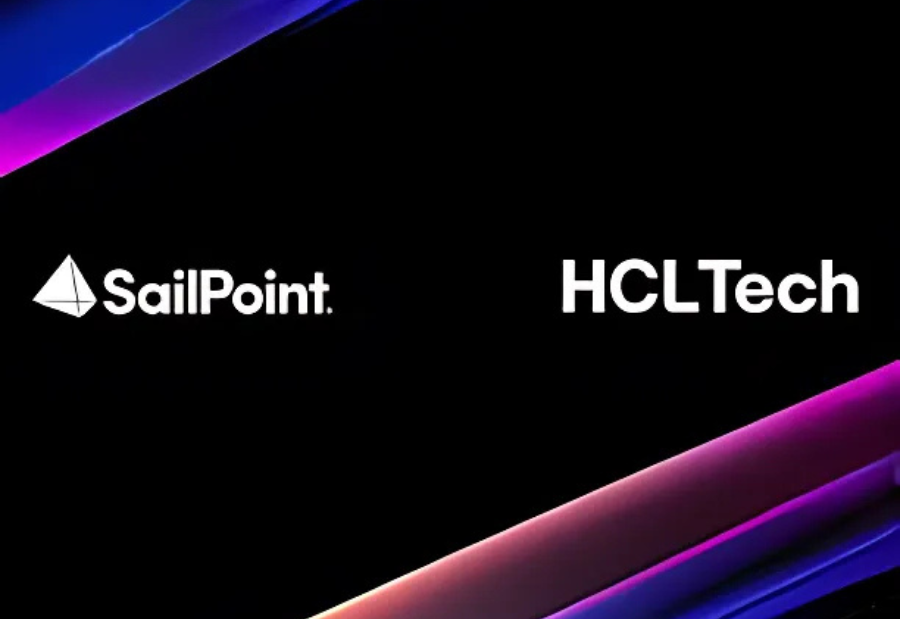In today’s dynamic business landscape, banking and financial services institutions face mounting pressure to deliver seamless customer experiences, optimize costs, and remain compliant with increasingly stringent regulations across multiple jurisdictions.
At the same time, they must stay resilient in the face of a complex and evolving risk environment from AI-driven financial crime and cyberattacks to climate-related disruptions, geopolitical tensions, and model risks. The convergence of these risks with rising customer expectations and intensifying competition is reshaping sector priorities, compelling BFSI players to double down on digital innovation, operational resilience, and regulatory compliance as critical levers for growth. Against this backdrop, Global Capability Centers (GCCs) have emerged as strategic hubs, enabling organizations to build resilient, scalable, and regulator-ready operations. By blending domain expertise, digital innovation, and standardized processes, GCCs not only drive efficiency but also support compliance frameworks, making them vital for BFSI firms pursuing sustainable global expansion.
Regulators are amplifying this urgency with heightened expectations. The European Central Bank’s EBA Guidelines on ICT and Security Risk Management and the U.S. Federal Reserve’s enhanced third-party risk guidance, for instance, highlight the growing need for demonstrable resilience and robust governance. Meeting these expectations requires globally distributed yet tightly governed operating models. This is where Global Capability Centers (GCCs) play a pivotal role by providing diversification, redundancy, and governance frameworks to mitigate risks while embedding stability and scalability into global operations. With their capability-centric approach and integration of domain expertise and advanced technologies, GCCs are evolving far beyond their original mandate of cost efficiency.
The Evolving Role of GCCs: Value-led Delivery
Initially, GCCs were conceived as transactional hubs, centralizing processes such as reconciliations, loan servicing, and business process support. That role has expanded dramatically in the last few years, starting with an accelerated shift during the Pandemic. Industry analyses highlights how GCCs in India and the Philippines ensured uninterrupted 24×7 delivery during lockdowns through remote digital pivots and agile governance.
According to an industry estimates, India alone houses over 1,600 GCCs, with over a half of them serving banking and financial services. Collectively, these centers generate an estimated US$40 billion in annual value. This transformation into centers of excellence underscores the growing importance of GCCs in helping financial services augment long-term competitiveness through scale, resilience, and agility; factors that drove the cost-and-efficiency play earlier, have now become the drivers of enterprise transformation centered on “value.”
Future-Proofing GCCs: Governance, Risk-Aware Design, and Digital Backbone
Global Capability Centers (GCCs) are proving indispensable not only for cost-efficiency but as foundational platforms that embed stability, scalability, and compliance into global delivery architectures. This transition is powered by three interlocking best practices:
- Governance Models that Orchestrate and Align
Effective governance in GCCs is about balancing strategic alignment with operational agility. The Hub-and-Spoke is one of the GCC governance models gaining traction. In this model, centralized oversight is maintained to enforce enterprise-wide standards, risk frameworks, and regulatory alignment. At the same time, localized execution enables the responsiveness to allow the business to comply with jurisdictional regulations.
Global financial institutions employ a hub-and-spoke model where strategic governance, risk standards, and technology platforms are centralized and the execution is localized through GCCs based in countries such as India, Poland, and the Philippines. This structure enables compliance with country-specific regulations while maintaining global consistency, a model regulators and industry leaders alike are endorsing as best practice.
- Risk-Aware Design: Embedding Resilience at the Core
Another key component of GCC governance is risk-awareness created by integrating resilience at every layer of delivery. For example, GCCs need to go beyond traditional stress testing procedures and include scenario-based simulations to test comprehensive resilience across processes, organizational structures, and supply chains. Zero-trust architectures is also necessary for a risk-aware design as it serves as the backbone of defense against AI-driven risks, including financial crime, cyber threats, etc.
Moreover, GCCs must increasingly engage with regulators when designing or updating the blueprint of their risk resilience framework. This regulatory co-creation approach can help them incorporate controls that are compliant and align with real-world scenarios. This approach is based on GRC frameworks that focus on integrating the delivery capabilities with the ability to manage uncertainty and preserve integrity.
- Digital Infrastructure: Secure, Scalable, and Sovereign
Digital infrastructure underpins the pillars of governance and resilience and supports them in many ways. The digitally enabled managed services model is an exemplar of GCCs incorporating AI-powered digital technologies into their core delivery engine, driving secure, scalable, and compliant services for BFSI players globally.
For example, AI/ML-powered AML transaction monitoring system such as ALF with advanced anomaly detection models flag suspicious transactions in real-time, improving AML and KYC compliance. These are often embedded into managed service offerings for global banks. Another example is of GCCs adopting AI-powered platforms to automate aggregation, validation, and reconciliation of risk data, reducing errors and ensuring accuracy in regulatory reporting.
Looking ahead, GCCs in India will define the next frontier of global operations by evolving into central command hubs steering cybersecurity, regulatory compliance, and real-time risk management while simultaneously serving as innovation labs that design and deliver next-generation tech-solutions.
Also read: Viksit Workforce for a Viksit Bharat
Do Follow: The Mainstream formerly known as CIO News LinkedIn Account | The Mainstream formerly known as CIO News Facebook | The Mainstream formerly known as CIO News Youtube | The Mainstream formerly known as CIO News Twitter |The Mainstream formerly known as CIO News Whatsapp Channel | The Mainstream formerly known as CIO News Instagram
About us:
The Mainstream formerly known as CIO News is a premier platform dedicated to delivering latest news, updates, and insights from the tech industry. With its strong foundation of intellectual property and thought leadership, the platform is well-positioned to stay ahead of the curve and lead conversations about how technology shapes our world. From its early days as CIO News to its rebranding as The Mainstream on November 28, 2024, it has been expanding its global reach, targeting key markets in the Middle East & Africa, ASEAN, the USA, and the UK. The Mainstream is a vision to put technology at the center of every conversation, inspiring professionals and organizations to embrace the future of tech.




